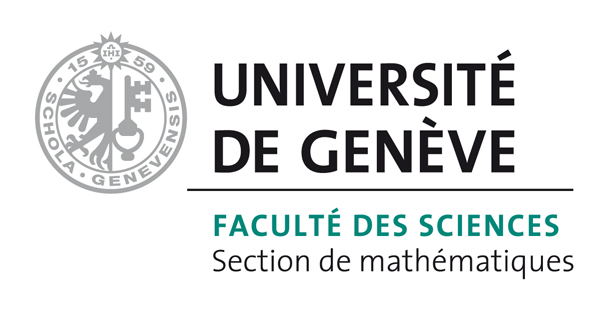Unifying time evolution and optimization with matrix product states
by J. Haegeman, Ch. Lubich, I. Oseledets, B. Vandereycken, F. Verstraete
Abstract:
We show that the time-dependent variational principle provides a unifying framework for time-evolution methods and optimization methods in the context of matrix product states. In particular, we introduce a new integration scheme for studying time evolution, which can cope with arbitrary Hamiltonians, including those with long-range interactions. Rather than a Suzuki-Trotter splitting of the Hamiltonian, which is the idea behind the adaptive time-dependent density matrix renormalization group method or time-evolving block decimation, our method is based on splitting the projector onto the matrix product state tangent space as it appears in the Dirac-Frenkel time-dependent variational principle. We discuss how the resulting algorithm resembles the density matrix renormalization group (DMRG) algorithm for finding ground states so closely that it can be implemented by changing just a few lines of code and it inherits the same stability and efficiency. In particular, our method is compatible with any Hamiltonian for which ground-state DMRG can be implemented efficiently. In fact, DMRG is obtained as a special case of our scheme for imaginary time evolution with infinite time step.
Download links:
Reference:
J. Haegeman, Ch. Lubich, I. Oseledets, B. Vandereycken, F. Verstraete, "Unifying time evolution and optimization with matrix product states", In Phys. Rev. B, vol. 94, no. 16, pp. 165116, 2016.
Bibtex Entry:
@article{Haegeman_LOVV_2016,
Abstract = {We show that the time-dependent variational principle provides a unifying framework for time-evolution methods and optimization methods in the context of matrix product states. In particular, we introduce a new integration scheme for studying time evolution, which can cope with arbitrary Hamiltonians, including those with long-range interactions. Rather than a Suzuki-Trotter splitting of the Hamiltonian, which is the idea behind the adaptive time-dependent density matrix renormalization group method or time-evolving block decimation, our method is based on splitting the projector onto the matrix product state tangent space as it appears in the Dirac-Frenkel time-dependent variational principle. We discuss how the resulting algorithm resembles the density matrix renormalization group (DMRG) algorithm for finding ground states so closely that it can be implemented by changing just a few lines of code and it inherits the same stability and efficiency. In particular, our method is compatible with any Hamiltonian for which ground-state DMRG can be implemented efficiently. In fact, DMRG is obtained as a special case of our scheme for imaginary time evolution with infinite time step.},
Author = {Haegeman, J. and Lubich, Ch. and Oseledets, I. and Vandereycken, B. and Verstraete, F.},
Journal = {Phys. Rev. B},
Number = {16},
Pages = {165116},
Pdf = {http://www.unige.ch/math/vandereycken/papers/published_Haegeman_LOVV_2016.pdf},
Doi = {10.1103/PhysRevB.94.165116},
Title = {Unifying time evolution and optimization with matrix product states},
Volume = {94},
Year = {2016}}